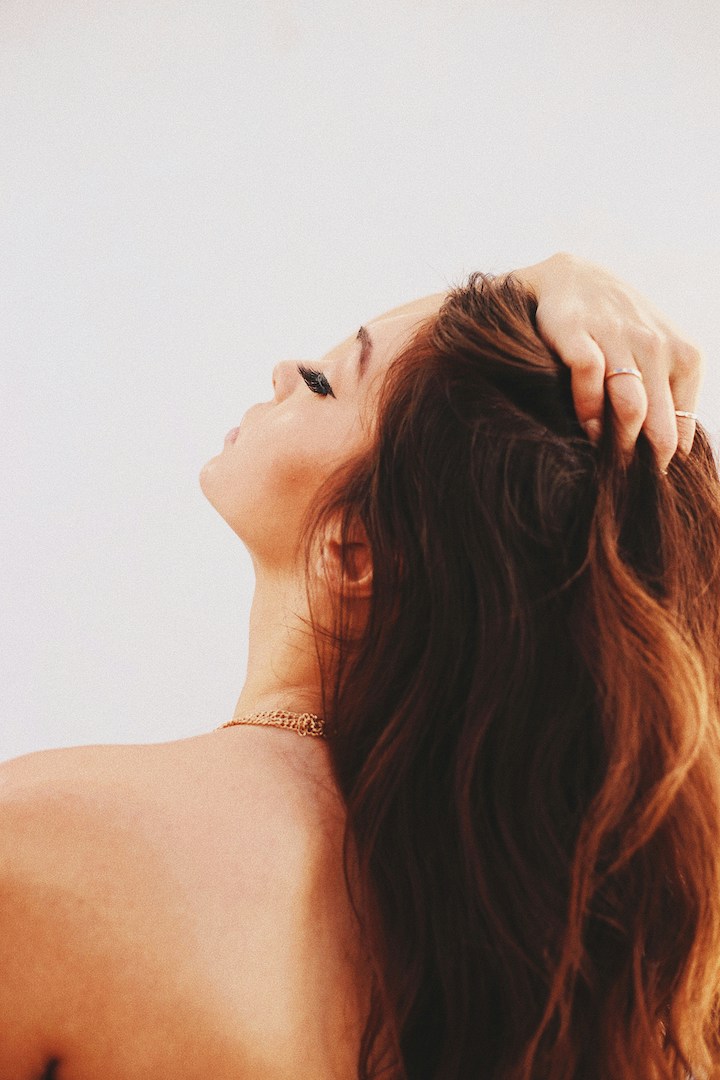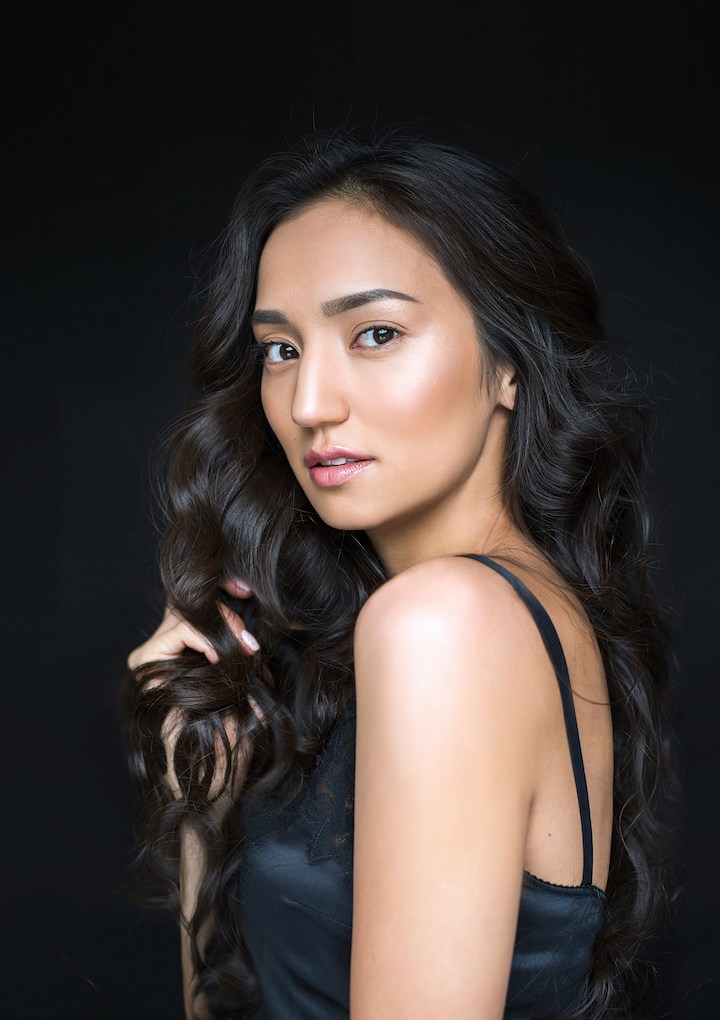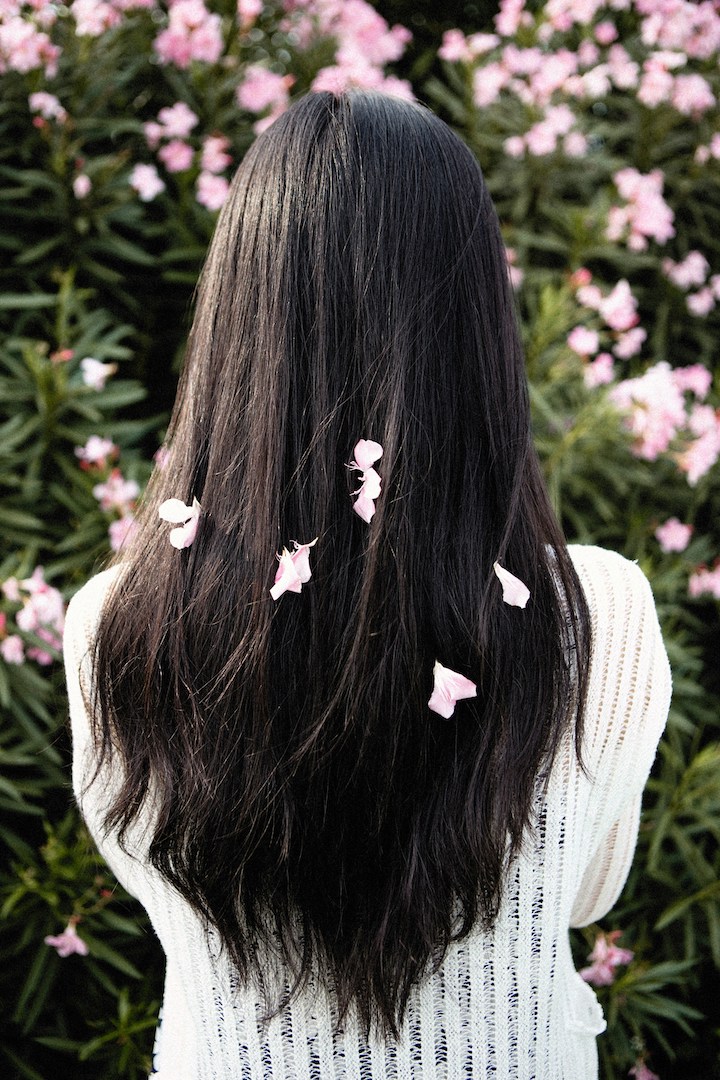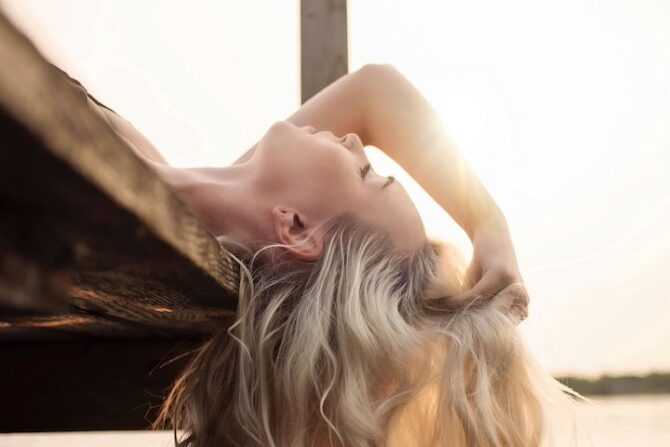If you’ve ever dyed your hair at home, you’ve probably seen that little bottle labeled “developer.” Maybe you mixed it with color, slapped it on, and moved on. But here’s the thing—hair developer does way more than most people realize.
And no, I’m not just talking about coloring your roots.
I used to think it was just the boring part of a dye kit, but once I started playing around with it (carefully, I promise), I realized this little bottle has a lot of power. Today, I want to walk you through some unexpected hair developer uses that go beyond the basics. Some of them might surprise you.
So if you’ve got a bottle lying around and you’re wondering what else it can do—or you’re just curious before trying it—let’s break it down together.
Table of Contents
Key Takeaways
- Hair developer uses go way beyond mixing with hair dye.
- You can use it to lighten, tone, or even highlight your hair at home.
- The volume you choose (10, 20, 30, 40) really matters.
- Don’t use it without understanding how it affects your hair.
- Always condition after use and follow up with care.
What Is Hair Developer, Really?
Let’s start simple. You’ve probably seen “10 volume,” “20 volume,” or even “40 volume” printed on the bottle. And if you’re like me at first, you probably had no clue what that even meant.
So here’s the deal.
Hair developer is made with hydrogen peroxide. That’s the ingredient that opens your hair cuticle so the color (or bleach) can get inside. The “volume” number just tells you how strong it is.
- 10 volume: Barely opens the cuticle. Good for darkening hair or subtle changes.
- 20 volume: Lifts hair about 1–2 levels. It’s what most people use for regular dye jobs.
- 30 volume: More intense. Can lighten your hair more, but it’s also more drying.
- 40 volume: Maximum lift. But also the riskiest—think bleach blonde transformations.
You can’t use it by itself and expect magic. But paired with the right thing? It completely changes the game.

Lightening Hair (Even Without Dye)
Okay, let’s talk about something fun.
Can you use developer to lighten your hair without actual dye?
The answer is: yes, kind of.
If you apply 20 or 30 volume developer directly to your hair and leave it on for a short time, it can lift your natural color by one or two shades. That means if you’ve got dark blonde or light brown hair, you might end up with a sunny, golden tone.
But here’s the catch—it can dry your hair out. It doesn’t have any moisturizing agents, and it wasn’t designed to be used solo. So if you’re curious and want to try this, go slow:
- Do a patch test.
- Apply only to a small section first.
- Use a deep conditioner afterward.
It won’t give you platinum, but it will add a soft, light glow if done right.
Also Read: The Ultimate Guide to Perfect Hair pH Level Optimization: How to Bring Your Hair Back to Balance
Boosting Hair Dye Performance
This is the most common of all hair developer uses, but you’d be surprised how many people still get it wrong.
When you mix dye with developer, it activates the color. But the volume you choose changes the result.
- Want to darken your hair? Use 10 volume.
- Need to lift your natural color a little? Go with 20.
- Going from dark brown to red or caramel? You might need 30.
Pick the wrong volume, and your hair might not take the color—or worse, it could turn out way lighter or darker than you expected.
This one’s all about matching your hair goal with the right developer strength. Once you get it, coloring at home becomes a lot easier (and way less stressful).
Gray Coverage—Getting It Right
Gray hair can be stubborn. If you’ve ever dyed your hair and those grays still peeked through, it’s probably not the dye’s fault. It’s the developer.
To cover gray hair, you usually need 20 volume developer. That strength is just enough to lift and deposit the color into those wiry, resistant strands.
Anything lower might not do the trick. Anything higher might damage your hair over time—especially if it’s already on the dry side.
So next time you’re mixing up a batch for your roots, check the developer. That little detail can make or break your gray coverage.
Bleaching Your Hair? Developer Is the Real MVP
Let’s not sugarcoat this—bleach is no joke. But without developer, bleach does… nothing.
If you’ve ever tried going blonde, you already know that developer is the muscle behind it. You mix it with bleach powder, and together, they strip the color out of your hair.
Here’s how it usually breaks down:
- 20 volume: Slow lift, more control, less damage.
- 30 volume: Faster lift, more drying.
- 40 volume: Fastest—but also harsh. Only use it if your hair is strong and healthy.
The higher the volume, the more it lifts—but the more it can fry your hair, too. So don’t be afraid to take your time and do it in stages.
Your hair will thank you.

DIY Highlights or Balayage
This one’s for the brave souls (and yes, I’ve been there).
If you want to add some brightness without bleaching your whole head, hair developer and bleach powder can help you pull off highlights or balayage at home.
You’ll need:
- A small brush
- Foil (for highlights) or a freehand technique (for balayage)
- 20 or 30 volume developer
- A gentle bleach
Here’s the trick: don’t rush. Apply it section by section, and keep checking every 10 minutes. Once you see the color you want, rinse it out and follow up with a toner.
It takes patience, but you don’t have to spend a fortune at the salon if you’re careful.
Mixing Toner with Developer
After bleaching, your hair might turn a little too yellow or orange. That’s where toner comes in—and yes, it needs developer to work.
Most toners work best with 10 or 20 volume developer. Anything higher is too strong and can over-process your hair.
If your hair is freshly bleached, I’d say stick with 10 volume. It’ll deposit just enough pigment to cancel out brass without causing more damage.
Remember, toner without developer is basically just colored conditioner. It won’t stick.
Can You Use Hair Developer on Its Own?
Let’s clear this up.
Yes, you can use developer alone—but you need to know what you’re doing.
Here’s what happens:
- It opens up your hair cuticle.
- It starts to lift your natural pigment.
But without color or bleach, the effect is subtle.
So, if you use 20 or 30 volume developer by itself, you might notice your hair getting a little lighter. But it won’t be dramatic—and it might leave your hair dry if you overdo it.
It’s best used with a clear plan. Otherwise, it’s kind of like turning the oven on without putting food inside.
Check Out: Gentler Hair Lifting Alternatives That Won’t Wreck Your Strands
Developer for Eyebrows (Caution Alert)
This one’s tricky. Some people try to lighten or tint their eyebrows using hair developer and dye. And while it can work, it’s risky.
The skin around your eyes is sensitive. If developer gets into your eyes, it burns. Badly.
If you’re determined to try it:
- Use 10 volume only.
- Patch test first.
- Use a spoolie and keep it far from your eyes.
Or better yet—get a brow tint kit that’s made for your face. Your eyes are way too important to risk.
Hair Developer for Gentle Lightening on Virgin Hair
If you’ve never dyed your hair and just want a slight lift—developer mixed with shampoo can do the trick.
Some people call it a “soap cap.” You mix:
- 1 part developer (10 or 20 volume)
- 1 part shampoo
Optional: a small amount of bleach powder for more lift
Apply it to damp hair and leave it on for 10–20 minutes. It gently lifts your natural color and gives a sun-kissed look.
Just don’t expect dramatic results—it’s more for glow than full-on transformation.

Conclusion
So, who knew a little bottle could do all that?
Hair developer isn’t just some boring chemical you mix with dye. It’s what makes the whole process work. And once you understand how to use it—and what volume to choose—it opens up so many possibilities.
You can lighten your hair, cover grays, boost your color, or even create subtle highlights at home. But it’s also easy to mess up if you’re not careful.
So take your time, use what you’ve learned, and always patch test first. Hair developer has a lot to offer when you know how to use it right.
Frequently Asked Questions
Can I use hair developer by itself to lighten my hair?
Yes, but only by one or two shades—and it can dry your hair out fast.
What’s the difference between 10, 20, 30, and 40 volume developer?
The higher the number, the more it lifts color. 10 barely lifts, 40 lifts a lot—maybe too much for some hair types.
Can I mix hair dye with any developer?
No—you need to match the dye type with the right developer strength.
Is it safe to use hair developer at home?
Yes, but only if you understand how it works. Always read instructions and start slow.


